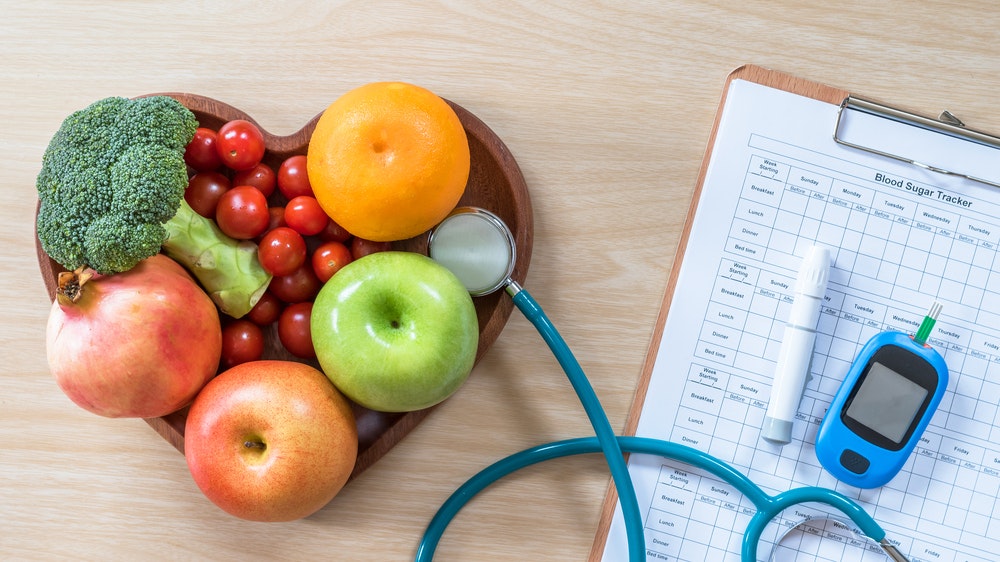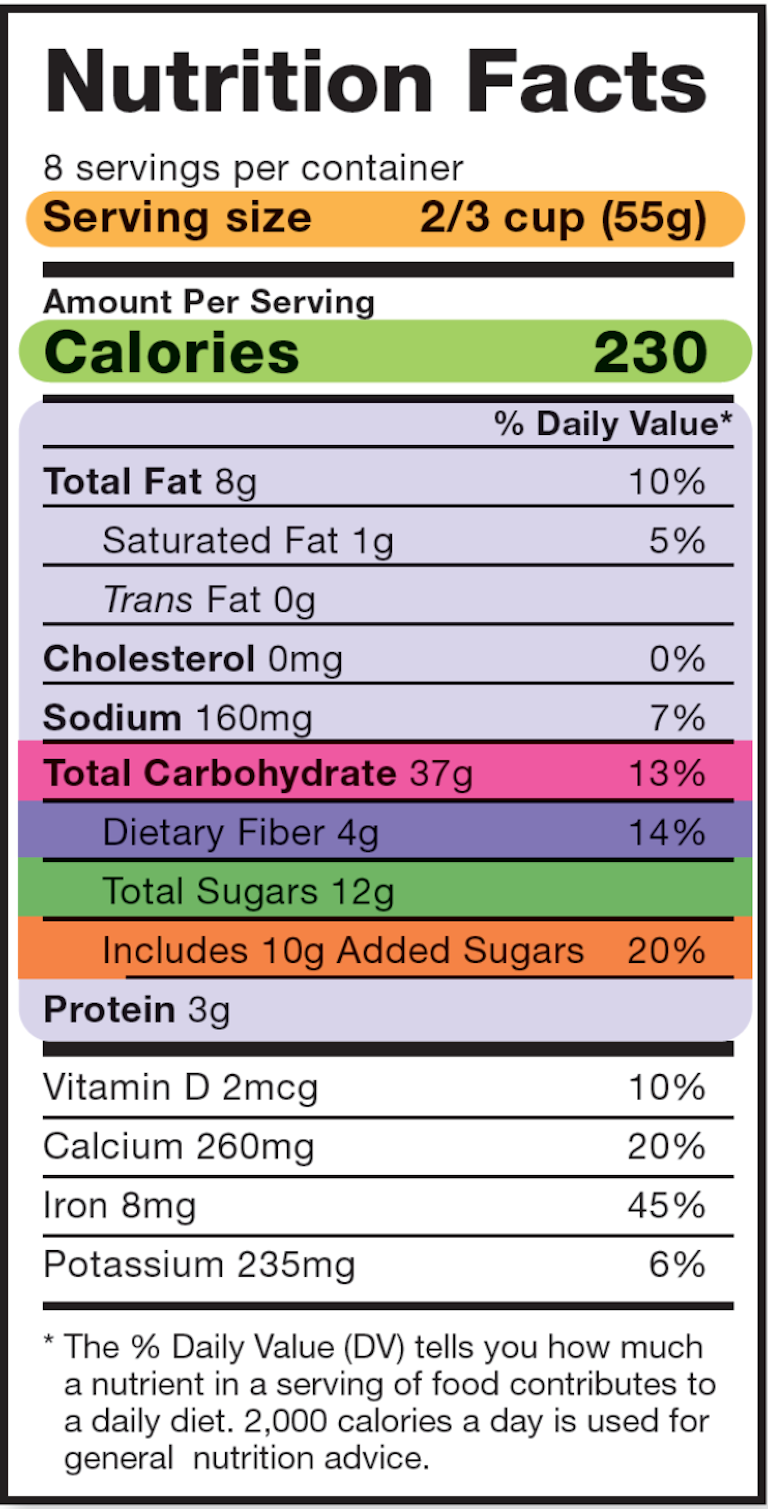Contact Us
If you are an Elderplan Member and have questions or concerns, please contact Elderplan Member Services at 1-800-353-3765 [TTY: 711], 8 a.m. to 8 p.m., 7 days a week or email us at [email protected]

閱讀營養或食品標籤可能令人困惑。 瞭解食品標籤對保持健康飲食非常重要。
份量告訴您應該吃的食用量。
請記住,如果您將份量增加一倍,您就需要將所有測量值都增加一倍。
每份食物的總熱量: 卡路里是身體消耗的能量單位。 請諮詢您的醫療服務提供者,瞭解您需要多少卡路里。
總碳水化合物包括糖、澱粉和纖維。 如果計算碳水化合物,請使用總克數。
如果您患有心臟病或腎病等其他疾病,則應遵循醫療服務提供者的建議。

| 如果標籤上註明: | 一份食物含有: |
|---|---|
| 無糖 | 含糖量少於 0.5 克 |
| 低糖或少糖 | 產品在加工過程中未新增糖或含糖成分。 這不是無糖產品。 |
| 高纖維 | 5 克或更多纖維 |
| 良好的纖維來源 | 2.5 至 4.9 克纖維 |
| 不含脂肪、飽和脂肪或反式脂肪 | 總脂肪、飽和脂肪或反式脂肪少於 0.5 克 |
| 低脂肪 | 總脂肪 3 克或更少 |
| 低飽和脂肪 | 飽和脂肪 1 克或更少 |
| 低脂或少脂 | 脂肪含量比普通食品至少低 25% |
| 無鈉、無鹽或不含鈉 | 成分中鈉含量低於 5 毫克且不含氯化鈉 |
| 鈉含量極低 | 含鈉 35 毫克或更少 |
| 無新增鹽或無鹽 | 產品在加工過程中未新增鹽。 這不是無鈉產品。 |
| 低鈉 | 140 毫克或更少鈉 |
| 低鈉或少鈉 | 鈉含量比普通食品至少低 25% |
| 鈉含量低 | 鈉含量比普通食品低 50% |
許多食品標籤都標明了所含營養素的數量,如糖、纖維、脂肪和鈉。 在您尋找有助於控制糖尿病和減少糖尿病相關併發症的食品時,請使用下表瞭解這些說明的含義。
在 Elderplan(長老計劃)中,我們重視會員的健康和保健。 瞭解有關特定健康狀況的基本知識可以協助您更好地瞭解需要注意的風險因素。
如果您是 Elderplan(長老計劃)會員並需要協助,請聯絡會員服務部。 我們可以協助您安排篩檢時間,或透過我們的計劃向您推薦其他護理方案。
如果您不是會員,請瞭解我們的健保計劃選項,看看是否有適合您需求的計劃。